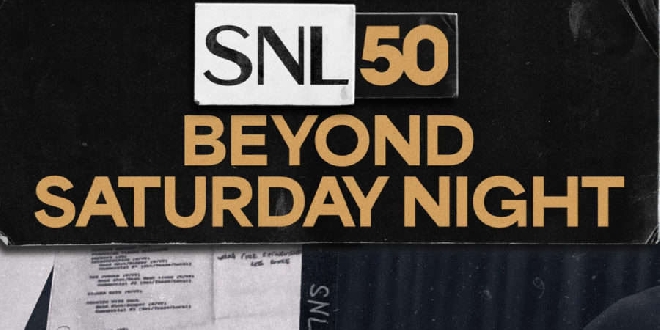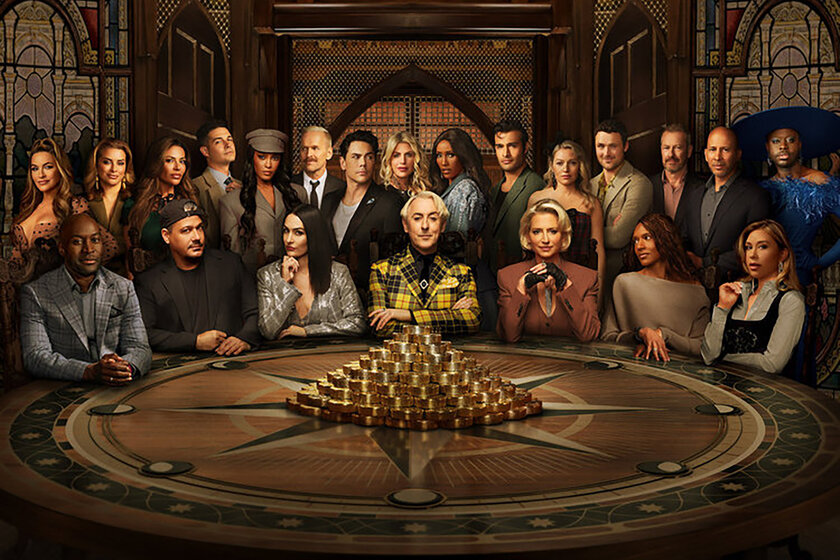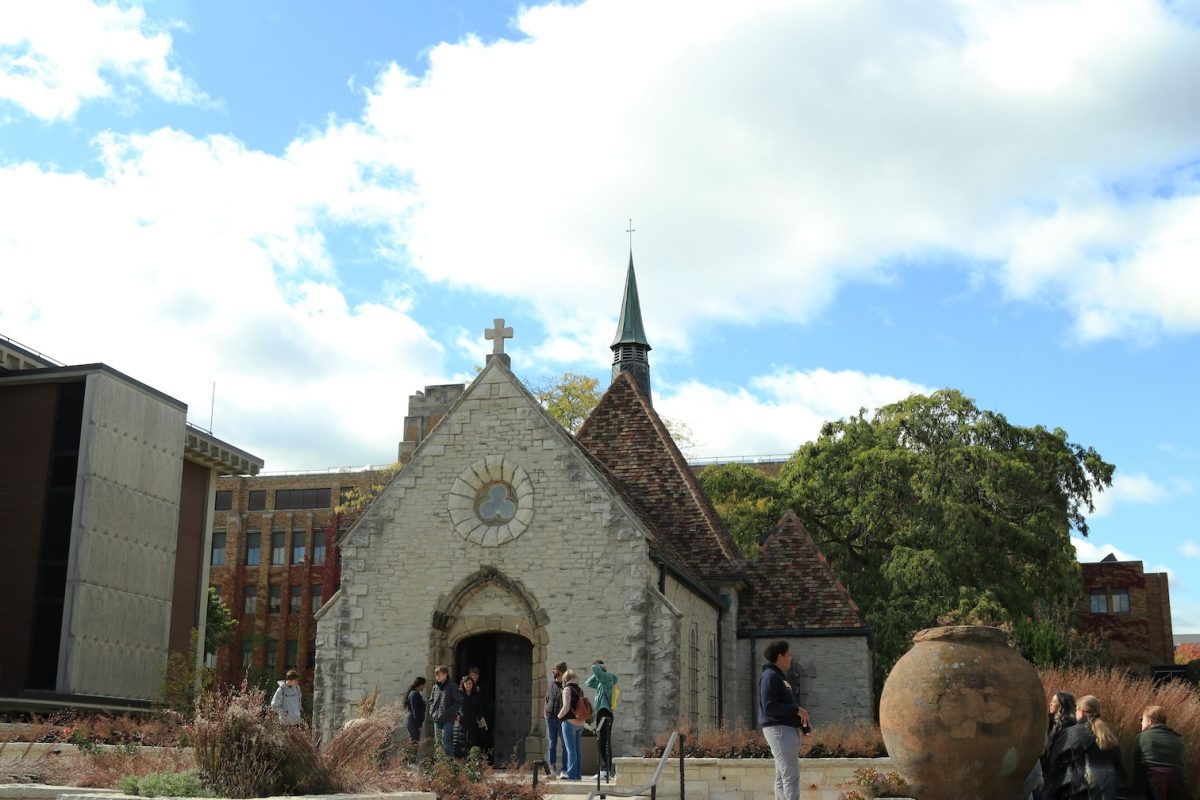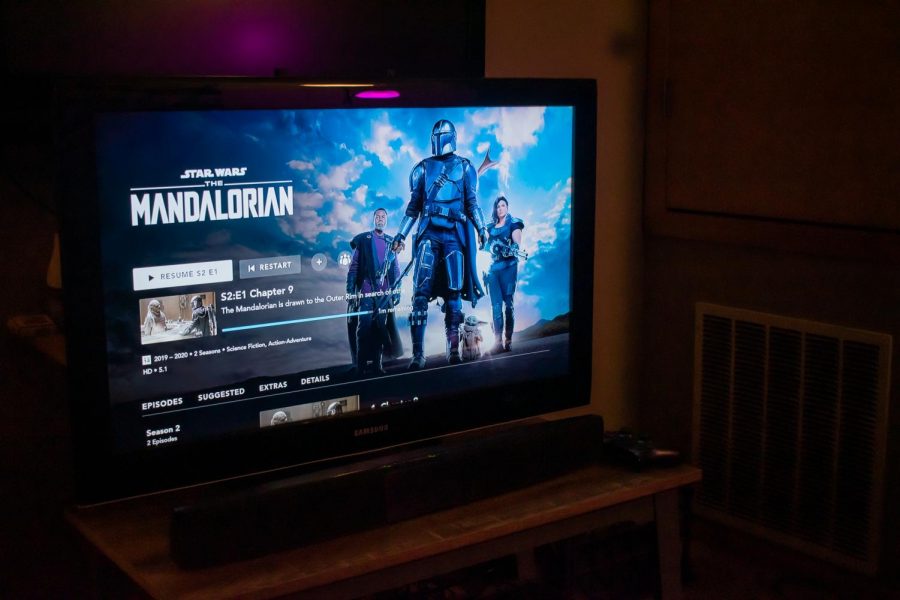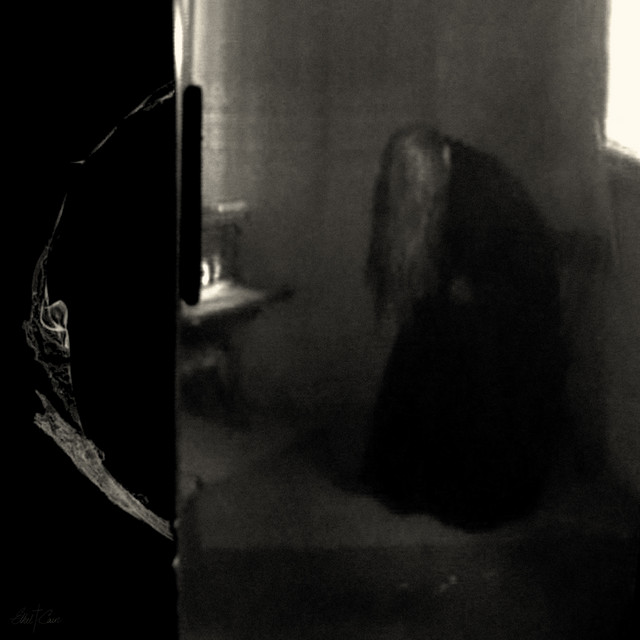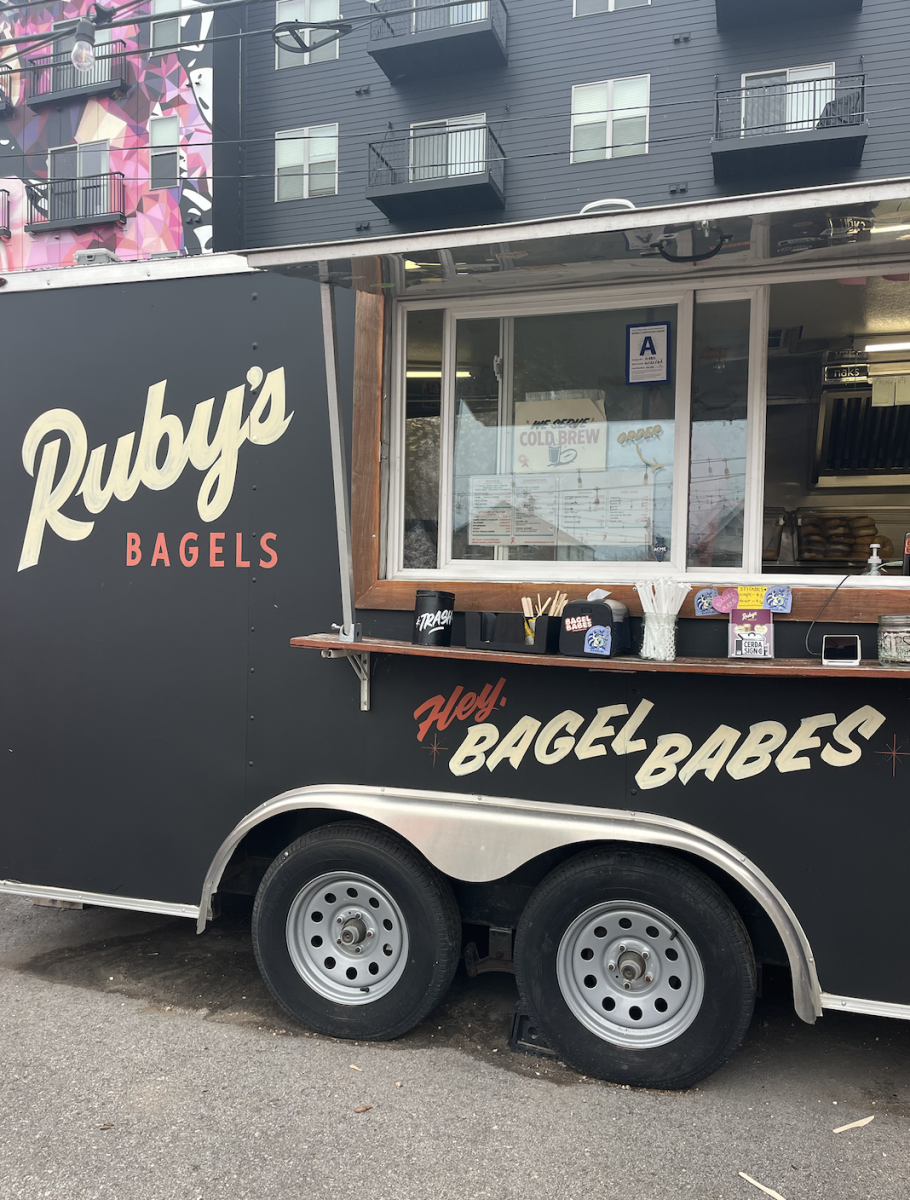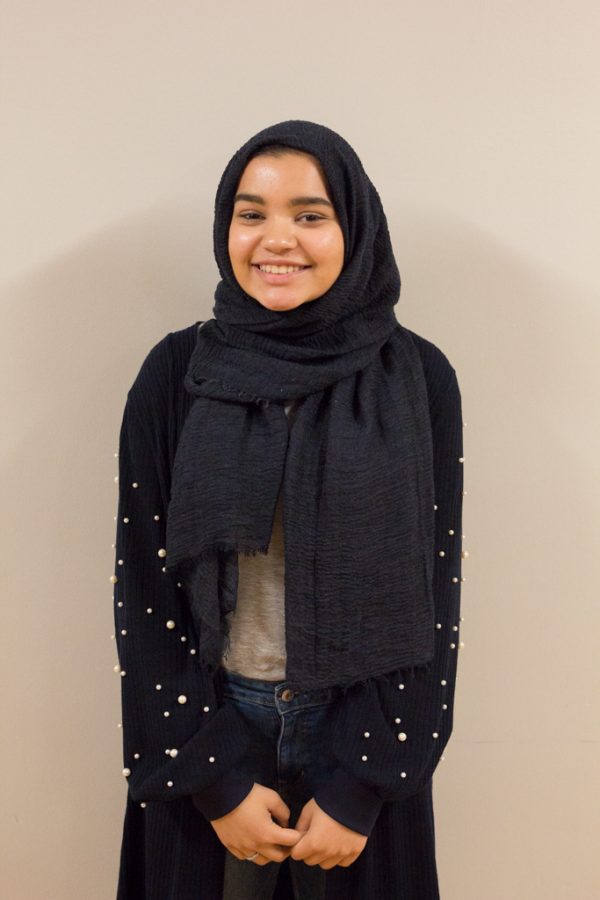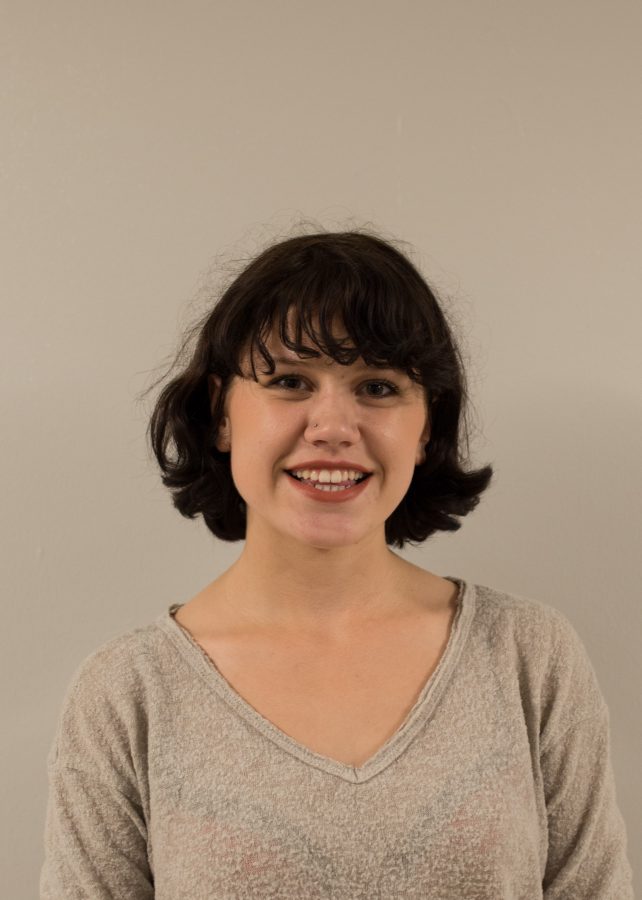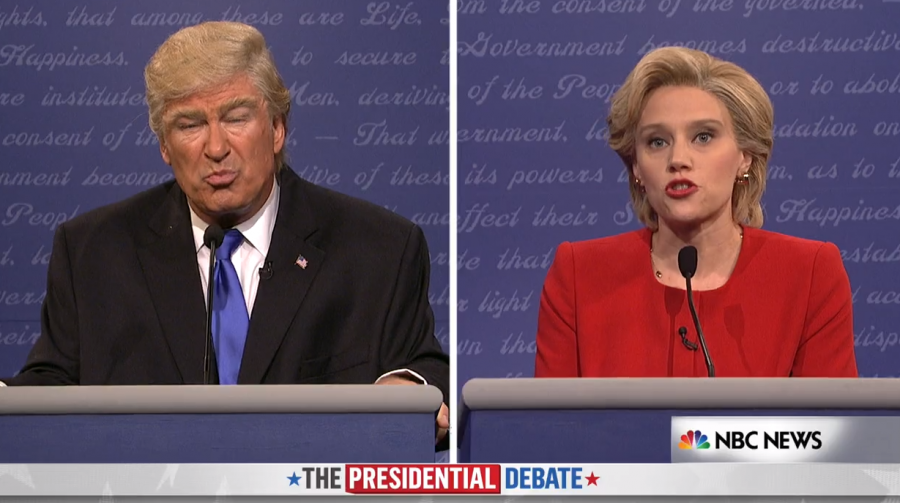For the past 50 years, “Saturday Night Live” (SNL) has been the landmark of late-night television.
“SNL50: Beyond Saturday Night” captures everything that went unsaid, unheard and unseen in these past 50 seasons. This four-part documentary series, on Peacock, answers so many questions long-time viewers have been asking — but somehow, it still left many viewers wanting more.
Part One: “Five Minutes”
Anyone in show business knows that it all starts with an audition. The first episode, titled “Five Minutes,” details the audition stories of some of the show’s most famous actors and actresses, including: Tracey Morgan, Pete Davidson and Amy Poehler — and even those who never made the cast, including: Stephen Colbert and Jennifer Coolidge.
In this episode, the audience finally gets a look at the formerly secret audition process. Every person who auditions for SNL receives five minutes to impress the casting directors, who are infamously known for never laughing.
The traditional expectation for the auditions is that those auditioning present five impressions, one for every minute. Some of these impressions eventually even made it to the show, as seen with Kate McKinnon’s “Penelope Cruz” impression in her audition video, which was first used in Sofia Vergara’s season 37 episode — this audition is a bit infamous within the SNL world, even before the documentary, as Bill Hader was kicked out of the audition for laughing too much.
We see similar stories with Bill Hader’s audition, where he did an impression of an Italian man doing impressions, and although these stories were amazing to learn, they were not what made the documentary great.
This is where I want to give a shoutout to the editors of this documentary. I have never watched a documentary that so perfectly weaved the different stories of some of the most famous people in Hollywood into one. Each actor, actress and writer had their own story of being cast on SNL, but the cuts from each individual interview to the next showed how similar they were in the end.
Every person felt as if they were going to throw up before their audition, and some people did. We learned how Andy Samberg and Bill Hader ran into each other in the elevator before their respective auditions and felt extremely intimidated by each other for different reasons.
The first episode started off strong, and my expectations were high for the next one… spoiler alert: they were exceeded once again.
A common misconception about SNL is that some of the skits are improvisational. Less than one percent of the show is improv, and that is thanks to the wonderful writers of the show, who often go unrecognized.
Part two: “Written By: A Week Inside the SNL Writers Room”
Part two takes viewers through the intensity of a week as an SNL writer, specifically during Ayo Edebiri’s episode in February 2024.
The writers follow a very strict schedule throughout the week: Monday is when they meet the host for the week, familiarizing themselves with their personality and interests; Tuesday through early Wednesday morning, the writing happens, leaving Wednesday during the day for the table read.
After the table read, Lorne Micheals and the head writer (currently Streeter Seidell) pick about 12 sketches to be prepped for the show, but not all of them will make it.
For the next few hours, the writers will nervously wait to find out if their sketches have been chosen. If their sketches are chosen, the hard part is just beginning.
They inform set design what sets need to be built, if anything is required of the special effects crew, what costumes are needed, and how the sketch will be staged. In short, if the sketch fails, it is on them.
The second episode gave the writers justice they had not received over the past 50 years. They are more than just writers—they are producers and directors for their sketches and deserve acknowledgment for their work.
Part three: “More Cowbell”
In this third episode, viewers see the history behind one of the most iconic sketches in SNL history, “More Cowbell.”
“More Cowbell” was written by Will Ferrell and depicts the half-factual recording of “(Don’t Fear) The Reaper” by Blue Öyster Cult. Ferrell plays Gene Frenkle, a fictional man who passively aggressively plays the cowbell in the song’s background. Christopher Walken plays Bruce Dickinson, the fictional music producer who insists on more cowbell against the rest of the band’s wishes.
As the sketch goes on, Frenkle (played by Ferrell) continues to play the cowbell more aggressively and suggestively, creating an iconic American pop culture moment.
The phrase “More Cowbell” and clips from the sketch have been used at sporting events and have even entered the dictionary.
Throughout the episode, Ferrell shares how he has heard the cowbell in the song since he was a kid and has always wondered who played it, which initially inspired the sketch. After writing the sketch, it was read at the table almost seven times before Walken’s episode, when Lorne Michaels finally passed it for the show.
Ferrell shares how he knew in his gut that this sketch was good, so he kept pushing for it. It worked because the cast — which included Jimmy Fallon — could barely keep a straight face in rehearsals, which led to Fallon breaking during the live show.
The “More Cowbell” sketch has become one of the most popular sketches in SNL history, and I respect the documentary’s choice to make an episode of it.
Although it was my least favorite of the series, I still find it incredibly impressive that such a relatively simple sketch greatly impacted American pop culture. The story deserved to be told, and it was told very well, even if I felt it dragged on at specific points.
Part four: “Season 11: The Weird Year”
The series ends with “Season 11: The Weird Year,” the season in which Lorne Michaels returned with a brand-new cast.
The year is 1985, and SNL is on the verge of cancellation. Lorne Michaels had not even left the show for five years but decided to come back to revamp the show.
That year, with a brand-new cast — which included Robert Downey Jr, Terry Sweeney and Nora Dunn — there was a new dynamic and energy for the cast. Terry Sweeney was an openly gay man, providing a more diverse aspect to the show, as did Danitra Vance, the first black woman on SNL.
Everyone was doing something new, and everyone knew the consequences that awaited the show if it did not work.
With these expectations, tension between the writers and actors/actresses grew quickly, and it reflected.
Some actors, like Downey Jr., only knew how to act if a detailed script was given to him. On the other hand, Dunn, who was more of a comedian, wanted more control over writing her characters. It led to much debate on how the writer/actor relationship should be handled.
In Chevy Chase’s episode, there was tension between him and many of the actors/actresses, as mentioned in the documentary. After the episode, people were unsure if they would even make it through the season before it was cancelled.
Nevertheless, Tom Hanks came in to host the show, and it offered a “Hail Mary” for the cast. They knew they would get through the season but with many more ups and downs.
After the final episode of the season, as the credits rolled, a question mark was put after each person’s name, knowing that the show’s future was up in the air.
Brandon Tartikoff, president of NBC Entertainment, had the final say on whether SNL would be cancelled or not. At the end of April 1986, he stated that the show would be cancelled, but he ultimately decided to give Lorne Michaels one more year.
Lorne Michaels went into season 12 with another brand-new cast, Madonna hosting the first show, a running start and nothing to lose. He did not disappoint.
The rest is SNL history.
The world would be different if Lorne Michaels had failed that season. How would we know Maya Rudolph, Bowen Yang, Tracey Morgan, Chris Farley, Chris Rock, Adam Sandler, Molly Shannon, Leslie Jones and so many more of Hollywood’s icons?
The documentary did a fantastic job of highlighting a show’s behind-the-scenes aspects that have shaped American pop culture, but my only question is, why not more?
Why were there only four episodes? The show has 50 years of material — but we stopped at four episodes? I think the producers have more in them, but maybe the world is not quite ready for it yet.
This story was written by MaryKate Stepchuk. She can be reached at [email protected].

